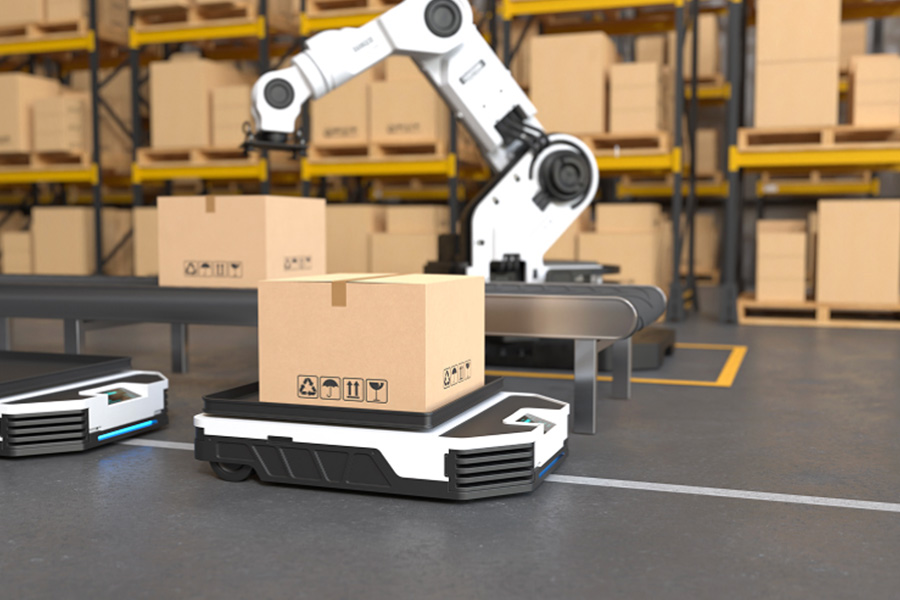In the fast-moving world of automation and intelligent machines, it’s often what we don’t see that holds the greatest potential. Stereo camera technology is a game-changer that allows robots to see in three dimensions, navigate spaces like humans, and perform delicate tasks with spatial awareness that was once considered science fiction. Particularly in robotics, the integration of stereo cameras represents a technological leap. Whether you’re a curious tech enthusiast or an engineer navigating machine vision tools, this article explores the power and potential of stereo cameras in robotics, with a fun and informative twist.
How Stereo Cameras Became Robotics Royalty
Before stereo camera robotics became the darling of industrial automation, the technology had to first evolve from simple binocular setups. Inspired by human vision, where our eyes perceive depth through slightly different images, stereo camera systems use two (sometimes more) lenses to create disparity maps. These maps help machines understand depth and spatial orientation.
In robotics, this depth perception enables a host of intelligent actions. Autonomous vehicles use stereo cameras to estimate distances and detect obstacles. Robotic arms in smart factories use them to align components with sub-millimetre accuracy. Even drones and inspection bots now rely on stereo imaging to move through complex environments with confidence.
The journey to mastery hasn’t been a short one. Early stereo camera systems were bulky and inconsistent in varying lighting conditions. But today’s stereo cameras feature real-time image processing, enhanced IR support, and compact integration suitable for everything from surgical robotics to warehouse automation. The reliability and scalability of these newer systems are why stereo camera robotics are no longer optional, but foundational.
What Most Get Wrong About Stereo Vision
Despite its growing popularity, stereo vision is often misunderstood. One common misconception is that stereo cameras are just “two cameras stuck together.” In truth, calibration is everything. If the lenses aren’t aligned properly or the processing algorithm isn’t accurate, depth perception can be wildly inaccurate.
Another commonly overlooked detail is the importance of software integration. Stereo vision alone isn’t enough. How the camera integrates into the overall robotic system defines its true value. A high-quality stereo camera still requires intelligent middleware and compatibility with platforms like ROS (Robot Operating System) or NVIDIA Jetson to reach its full potential.
Lighting conditions, too, are often underestimated. While modern stereo cameras have made great strides in low-light performance, excessive shadows or highly reflective surfaces can still challenge their performance. Engineers must carefully consider both hardware specifications and environmental variables when planning stereo camera use in robotics.
Where Stereo Cameras Are Taking Us Next
The future of stereo camera robotics looks exceptionally promising. In the immediate roadmap, expect to see even tighter integration between stereo cameras and AI-driven edge computing. This means robots will be able to process 3D vision data in real-time without relying on cloud servers. This is perfect for autonomous vehicles, drones, or mobile robots operating in remote environments.
Next up: precision healthcare. Robotic surgeries that currently rely on haptic feedback and high-definition video are beginning to incorporate stereo vision for more intuitive movements and improved outcomes. Imagine a robot that can distinguish between muscle tissue and blood vessels in three dimensions during a procedure.
Then there’s the rise of consumer robotics. As stereo cameras become more affordable and compact, expect smarter home assistants and delivery robots that can navigate staircases, avoid pets, and fetch items with far more nuance than ever before.
Stereo products already offer key insights into where the field is heading. Their machine vision cameras combine stereo imaging with modular architecture, meaning companies can build robotics platforms that adapt to a wide range of applications. Scalability is the name of the game.
Why It’s Time to Look at Robotics Differently
The revolution in stereo camera robotics isn’t just about depth perception. It’s about transforming how machines interact with their environment. Whether for industrial precision, autonomous navigation, or future-forward home robotics, stereo cameras offer a spatial intelligence that’s changing the rules. With smart integration, reliable software support, and the right environmental considerations, these systems are making robots not just more functional, but more aware. And perhaps the most exciting part? We’re only scratching the surface. As stereo camera technology becomes more refined and accessible, we’re about to witness a wave of robotics solutions that see the world like never before. You’ll be amazed at what you’ve been missing.
If you’re considering diving into robotics development or upgrading your system’s vision, now’s the time to explore what stereo camera systems can offer. Check out Voltrium Systems today.

